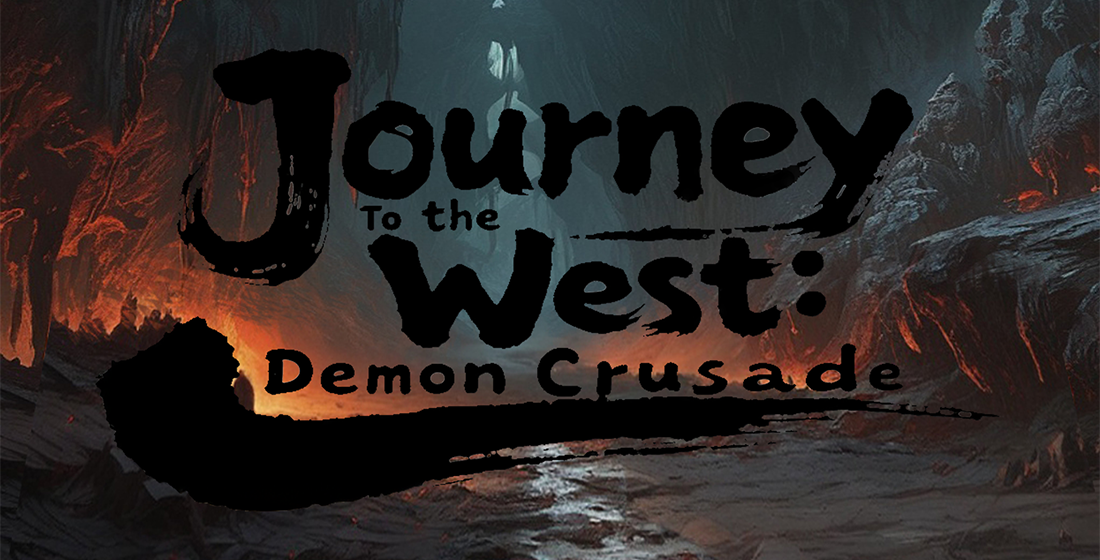The Unexpected Popularity of Casual Sandbox Gaming
In the vast universe of digital entertainment, certain trends seem to sneak up quietly before suddenly dominating headlines. Among these, sandbox games within the casual gaming category stand out—what was once seen as a genre requiring complex mechanics now captivates mobile and casual players worldwide.
So how did that happen?
| Genre | Casual Player Reach | In-App Purchases Revenue (Estimate USD) |
|---|---|---|
| Sandbox | 58% | 390 million |
| Action-Adventure | 62% | 612 million |
| RPG | 51% | 700+ million |
| Edu-games | 44% | 155 million |
Diversification & Mobile Accessibility Fuel Innovation
One key reason for this shift lies in increased device accessibility. Not everyone runs the top-tier hardware, but lightweight experiences like "Potato Go On" show that you **do not** need a beast-level PC setup. As casual sandbox titles continue simplifying UI elements and shortening play cycles to fit into lunch breaks or morning commute time, they’re pulling users from entirely new demographics into the open-world fold.
A few reasons for adoption include:
- Familiar touch-based interfaces borrowed from social mobile titles,
- Engagement rewards through bite-sized challenges instead of 10-hour quests
- User-created mods no longer limited to PC versions;
- "Creative mode" being offered right at sign-up instead of locked behind premium content
A Match for Filipino Preferences: Low Time Investment High Replayability
Let’s take the Philippines — an emerging market with one foot planted heavily in the social economy and another in traditional mobile gameplay styles like match-three or clicker titles. The appeal isn't about graphical fidelity alone, it's more about freedom to experiment, customize, and connect without rigid structures getting in the way.
Trend Analysis: Why EA SPORTS FC Code Missed Out on Similar Shifts
Lots have tried and struggled when pivoting big franchises into casual spaces—take *EA SPORTS FC Code*. Despite having the football fan base pre-baked, EA didn't replicate sandbox-like modes successfully in mobile form. The rigidity and high expectations around sports gameplay made adaptation challenging versus organic creativity-driven worlds that feel less structured. That lack of fluid personal control may very well explain why simulation-sports attempts lag so far behind free-exploration hits among Gen-Z audiences even locally.
What could they have done different? Here's what we see working elsewhere:
Design Tips Inspired by Successful Casual Sandbox Portals:
- Built community sharing early in release phases: Allowing user creations inside games helped spread viral loops
- Prioritize customization tools over story-driven narratives initially:
- Monetize creatively - skins vs forced IAP locks
- Create soft tutorials, letting experimentation do most teaching jobs,
Potential Growth Areas For Filipino Developers to Target
- Collaborate across casual studios for modular game engines
- Incorporate Pino-inspired design aesthetics and themes
- Navigate telecom restrictions via offline sandbox options with periodic sync features
- Localise character designs to increase familiarity + engagement rates.
The Future is Playful: Where Do These Games Lead Us Next?
Expect AI to further personalize player pathways, enabling tailored content creation directly inside apps themselves—not just in scripted paths, but dynamic world shifts based on real-time mood detection algorithms or behavior prediction systems running smoothly under mid-spec chips.
Key Takeaways Summary:
1. Sandbox mechanics are reaching casual gamers globally.
2. Local relevance hinges on accessible playstyle plus cultural localization hooks.
3. Longevity of such casual hybrids often rides on flexibility built around creator-player dynamics rather than brand heritage.
Final Thoughts: Building Blocks, Not Bottlenecks
Casual sandboxes are thriving today not because of their scale — but due to their flexibility.
Maybe it’s less surprising then; the next big indie hit probably comes with buckets of digital blocks where the player gets to choose whether they want to dig… build… explore... or literally drop virtual potatos somewhere just to see what pops up.
You can thank games like "Potato Go On" — silly, snack-break worthy, and deceptively clever — as proof that fun doesn't come only from graphics or deep storytelling… but sometimes comes from the ability to sit in front of something blank and just create.



